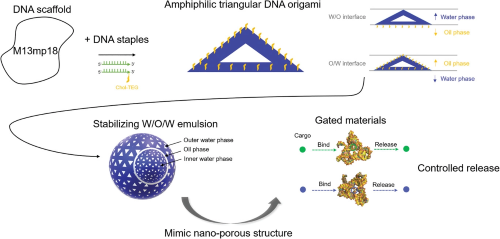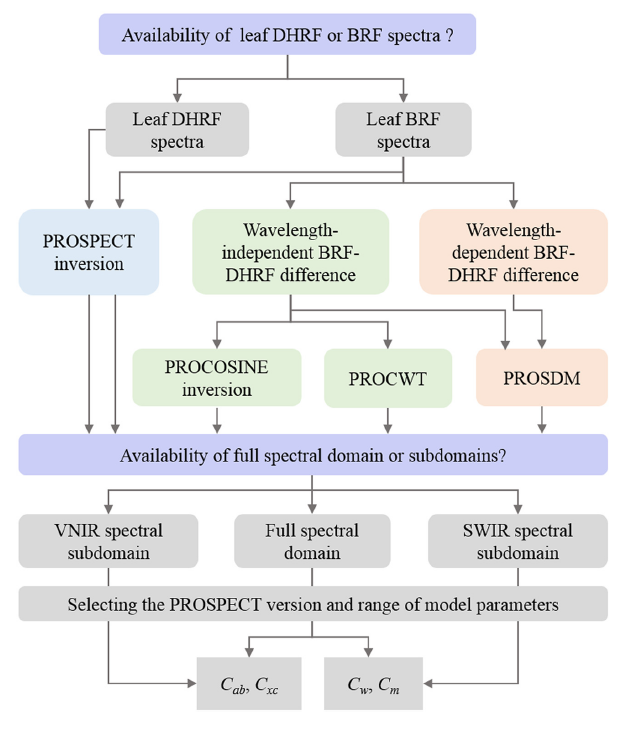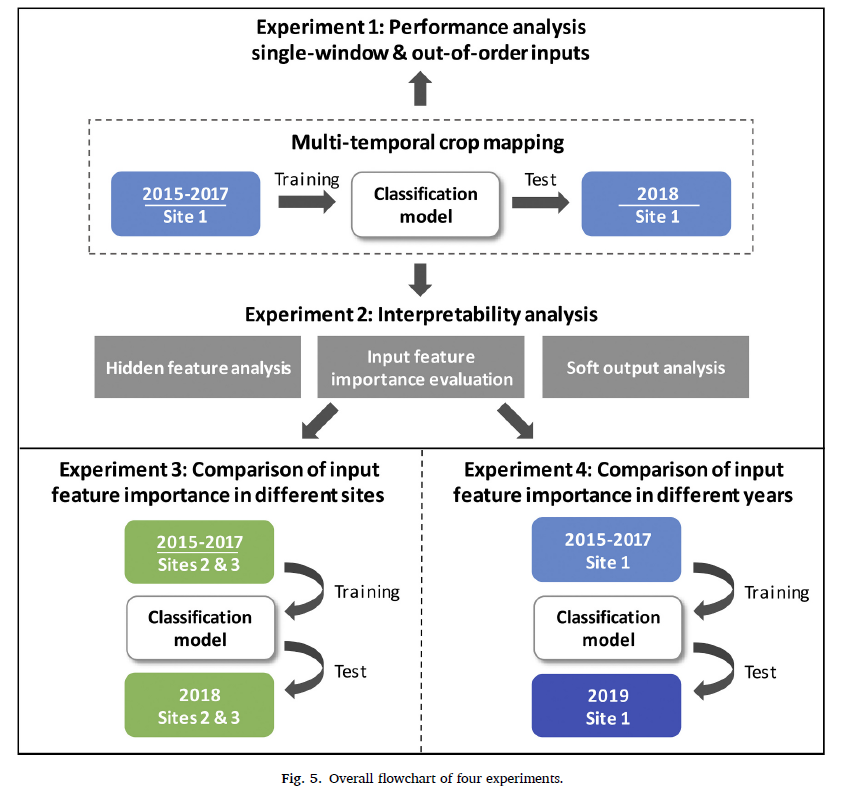Bis-naphthopyrone pigments protect filamentous ascomycetes from a wide range of predators——Prof. Chen Wei’s Team Published a Research Paper in the Journal of Nature Communications
Date:2019-08-08 | Visitcount:702
It is
thought that fungi protect themselves from predation by the production of
compounds that are toxic to soil-dwelling animals. Here, we show that a
nontoxic pigment, the bis-naphthopyrone aurofusarin, protects Fusarium fungi
from a wide range of animal predators. We find that springtails (primitive
hexapods), woodlice (crustaceans), and mealworms (insects) prefer feeding on
fungi with disrupted aurofusarin synthesis, and mealworms and springtails are
repelled by wheat flour amended with the fungal bis-naphthopyrones aurofusarin,
viomellein, or xanthomegnin. Predation stimulates aurofusarin synthesis in
several Fusarium species and viomellein synthesis in Aspergillus
ochraceus. Aurofusarin displays low toxicity in mealworms, springtails,
isopods, Drosophila, and insect cells, contradicting the common
view that fungal defence metabolites are toxic. Their research indicated that
bis-naphthopyrones are defence compounds that protect filamentous ascomycetes
from predators through a mechanism that does not involve toxicity.
Corresponding authors of this paper were Professor Chen Wei from
Zhejiang University and Professor Petr Karlovsky from the University of
Gottingen in Germany. Part of the research was supported by Professors Marko
Rohlfs of the University of Bremen and Wilhelm Schafer of the University of
Hamburg in Germany. This research was funded by the National Natural Science
Foundation of China and the German Research Foundation.
-

The Professor Lin Xingyu team published a cover article on the interna...
23 11 2021 -

Professor Liu Donghong's team won the second prize of national Technol...
08 11 2021 -

Prof.Haiyan Cen's Group Published a Research Paper on Remote Sensing o...
31 10 2021 -

Prof.Tao Lin's Group Published a Research Paper on Remote Sensing of E...
31 07 2021




